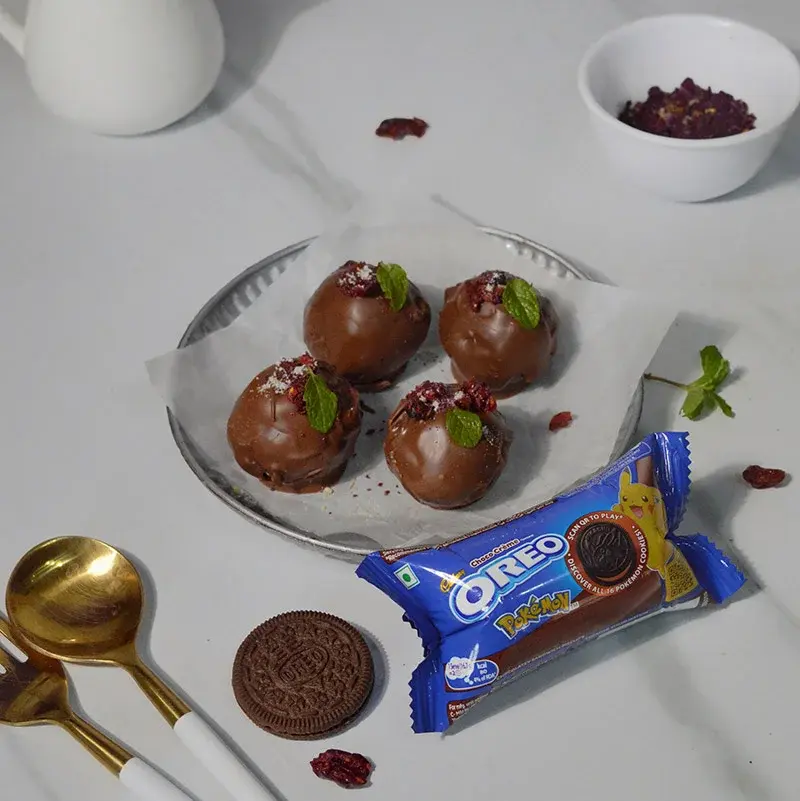Let's embark on a journey through the rich history and flavours of bibingka, a beloved Filipino rice cake

Let's embark on a journey through the rich history and flavours of bibingka, a beloved Filipino rice cake
Imagine the aromatic symphony of glutinous rice flour, eggs, sugar, and coconut milk, harmoniously blending in a clay pot over charcoal, crafting a dessert that transcends time. Bibingka is a traditional Filipino rice cake which is often served with a topping of latik, a sweet coconut curd. Bibingka is a popular snack or dessert, and it is often consumed during the Christmas season.
Traces in the pre-colonial era
The history of bibingka harks back to pre-colonial times. The early Filipinos made a similar cake called "bibingka glutinosa", which was made from glutinous rice flour, sugar, and water. Bibingka glutinosa was usually cooked in banana leaves over charcoal.
The name "bibingka" is believed to have originated from the Tagalog word "bingka", which means "to mould" or "to shape". This is because the bibingka batter is usually moulded into a round or oval shape before being baked.
In the 16th century, Spanish colonisers introduced the Philippines to wheat flour, eggs, and milk. These ingredients were quickly incorporated into the bibingka recipe, making the cake more moist and flavorful.
Bibingka became a popular snack or dessert in the Philippines during the Spanish colonial period. It was often served at fiestas and other special occasions.
Say bibingka when Christmas bells ring

In the 19th century, bibingka became associated with the Christmas season. This is because the cake is traditionally made with ingredients that are in season at this time of year, such as glutinous rice flour and coconut milk.
Bibingka is still a well-liked snack or dessert in the Philippines today. It is often served with a topping of latik and a sweet coconut curd. Bibingka is also a popular ingredient in Filipino ice cream.
The origin of this treat
The exact origins of bibingka are unclear, but it is believed to have originated in Southeast Asia, possibly in Indonesia or the Philippines. Early versions of bibingka were probably made with simple ingredients such as glutinous rice flour, sugar, and water. Over time, new ingredients were introduced, such as coconut milk, eggs, and wheat flour. These additions enriched the flavour and texture of bibingka, making it the beloved dessert it is today.
The Philippines is widely considered to be the birthplace of modern bibingka, and the dish has become an integral part of Filipino cuisine. It is particularly associated with the Christmas season when it is traditionally served with a topping of latik, a sweet coconut curd. Bibingka is also a popular snack or dessert throughout the year, and it can be found in many Filipino restaurants and street food stalls.
Here are some of the possible origins of bibingka:
- Southeast Asia: Bibingka is found in various forms across Southeast Asia, suggesting a common ancestor. The Indonesian version, also called bibingka, is similar to the Filipino bibingka but is usually made with layers of different flavours and textures.
- India: Some believe that bibingka may have originated in India, where a similar dessert called bebinca or bibik is found. This dessert is also layered and made with coconut milk, but it has a more custard-like texture.
- Portugal: There is also a theory that Portuguese traders may have introduced bibingka to Southeast Asia from Goa, where a similar dessert called bebinca is also found. However, given that the Philippines was never a Portuguese colony, this connection is less likely.
Regardless of its exact origins, bibingka has become a beloved dessert in the Philippines and is enjoyed by people of all ages. Its rich flavour, soft texture, and association with special occasions make it a truly special treat.
Recipe of this scrumptious treat

Ingredients:
- 1 cup rice flour
- 1/8 teaspoon salt
- 2 1/2 teaspoons baking powder
- 3 tablespoons butter, softened
- 1/2 cup granulated sugar
- 1 cup coconut milk
- 1/4 cup fresh milk
- 1 salted duck egg, sliced
- 1/2 cup grated cheese
- 3 raw eggs
- 1/4 cup grated coconut
- 1 large banana leaf, cut into two 8-inch-wide by 10-inch-long pieces (optional)
Instructions:
- Preheat the oven to 350°F (175°C).
- In a large bowl, whisk together rice flour, salt, and baking powder.
- In a separate bowl, cream together butter and sugar until light and fluffy.
- Beat in eggs one at a time, then stir in coconut milk and fresh milk.
- Add dry ingredients to wet ingredients and mix until just combined.
- If using banana leaves, brush them with melted butter.
- Divide batter evenly between two 8-inch round cake pans or baking dishes lined with banana leaves.
- Top each bibingka with sliced salted egg, grated cheese, and raw egg.
- Bake for 25-30 minutes, or until golden brown and a toothpick inserted into the centre comes out clean.
- Sprinkle with grated coconut and serve warm.
Tips:
- For a more traditional flavour, you can use coconut cream instead of coconut milk.
- You can also add other toppings to your bibingka, such as sliced mango, sweetened condensed milk, or latik (coconut curds).
- Bibingka is best served warm, but it can also be enjoyed at room temperature or cold.
More Like This
Popular Articles



Trending Web Stories
Curated Recipes


















